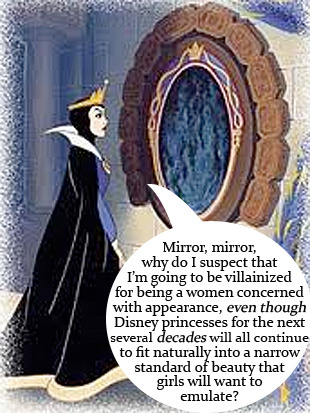Argument
The excerpts from Patrick
Finn’s book, Literacy with an Attitude,
were a bit of a challenge to read this week – not just because of the huge
amount of information we’re given at once, but because Finn covers so much
information about literacy in American schools, it was difficult to sort through
it all to find his main argument.
In
some ways, I think Finn’s argument is a combination of the arguments of a few
other authors that we’ve read this year. When I started reading, I found strong
connections to other articles pretty quickly. I first noticed a connection to
Lisa Delpit’s work beginning on the second page, and her themes echo throughout
the rest of the excerpt. The quote that caught my eye was in the preface:
“The discourse (ways
of communication and the beliefs, attitudes, values, habits, and behaviors that
underlie them – especially attitudes related to authority, conformity, and
power) of working class communities is at odds with the discourse of the
schools. This makes acquisition of school discourse and powerful literacy difficult
for working-class children.”
This immediately made me think of
Delpit and her argument about the rules and codes of the culture of power. In
her argument, she states that the reason that some students (particularly
students of color) don’t learn or perform well in school is that they don’t
understand the language – or “discourse” and Finn words it – of the culture of
power. Since these children cannot communicate with the culture of power, they cannot
be successful within it. Not just in school, but in society. This theme pops up
many times in Finn’s work when he discusses literacy – if lower-class students
cannot learn to be successful on their own in school, they cannot learn to be
successful in society or in the workforce.
I also began to notice similar themes
from the Brown vs. Board of Education readings come up here. In his preface, Finn
explains that literacy and education for the working class is considered “dangerous”
by the affluent, literate elite:
 “The fear was that literacy would make the rabble aware of the injustice they
suffered, and they would attempt to overthrow the ruling class violently and
take its place.” The
same is true regarding racial segregation of schools, like we read about in the
Brown vs. Board case. Schools weren’t just segregated because of uneasiness
toward race, but also because of an ulterior motive: the U.S. elite wanted to
keep African Americans in a second-class citizenship. If they weren’t educated as
well as white Americans, then they would be forced to become working-class
adults. This is also true in Finn’s argument. He spends a lot of time showing
how education affects the outcome of one’s life as an adult. If you are
educated to be ignorant and lower-class, then that’s the kind of adult you will
become. As Finn explains, “these children were developing a relationship to the
economy, authority, and work that is appropriate preparation for wage labor”(12).
The same (well, I guess the opposite) goes for upper-class students: “The
executive elite children? They were learning to be masters of the universe”
(26).
“The fear was that literacy would make the rabble aware of the injustice they
suffered, and they would attempt to overthrow the ruling class violently and
take its place.” The
same is true regarding racial segregation of schools, like we read about in the
Brown vs. Board case. Schools weren’t just segregated because of uneasiness
toward race, but also because of an ulterior motive: the U.S. elite wanted to
keep African Americans in a second-class citizenship. If they weren’t educated as
well as white Americans, then they would be forced to become working-class
adults. This is also true in Finn’s argument. He spends a lot of time showing
how education affects the outcome of one’s life as an adult. If you are
educated to be ignorant and lower-class, then that’s the kind of adult you will
become. As Finn explains, “these children were developing a relationship to the
economy, authority, and work that is appropriate preparation for wage labor”(12).
The same (well, I guess the opposite) goes for upper-class students: “The
executive elite children? They were learning to be masters of the universe”
(26).
Lastly, I saw many connections to the
Kahne and Westhiemier piece, “In the Service of What?” in this excerpt. As I
read through Chapter 13 of Literacy with
and Attitude, I noticed the idea of change in service learning come back
into the picture. Finn talks about Paulo Freire and his work in educating poor
adults with literacy campaigns. Reading about his work, I noticed similar ideas
from Kahne and Westheimer’s argument about charity vs. change and the
discussion we had in class. Freire was working toward a world where the culture
gap between the rich and poor would close “not only in terms of wealth and
income but in terms of quality of life.” Raising money for the poor communities
alone would not fix the problem of illiteracy that these communities face. But
as Finn explains, “Freire’s vision was
one of class struggle. It was about empowering the powerless as a class so they can stand up for
themselves. This is what made him a transforming intellectual” (172). If Kahne and Westheimer were to look
at this situation, I think they would definitely call Freire’s work a change rather
than a charity.
Putting all of these arguments
together, I think each one is a piece of Finn’s overall argument, which includes
the ideas of the culture of power, economic inequality, and change that can be
made to fix the system. This quote from Finn sums it up pretty nicely: “I’d like to hope that a child’s
expectations are not determined on the day she or he enters kindergarten, but
it would be foolish to entertain such a hope unless there are some drastic
changes to be made” (25).
Pictures:









